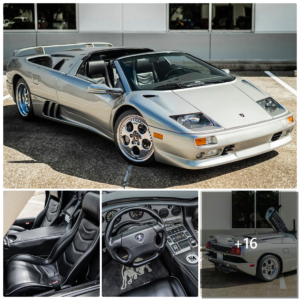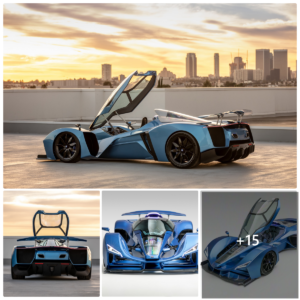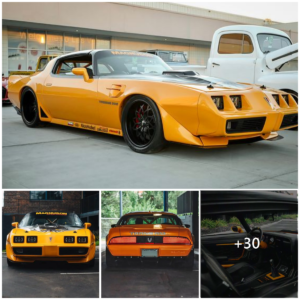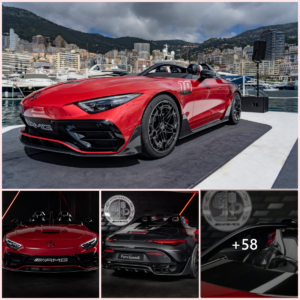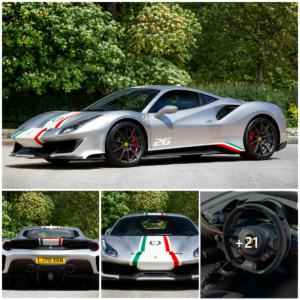The 1,001-HP Bugatti Veyron defined the automotive greatness of 2000s. But this hypercar cost Volkswagen an arm and a leg to develop and sell.
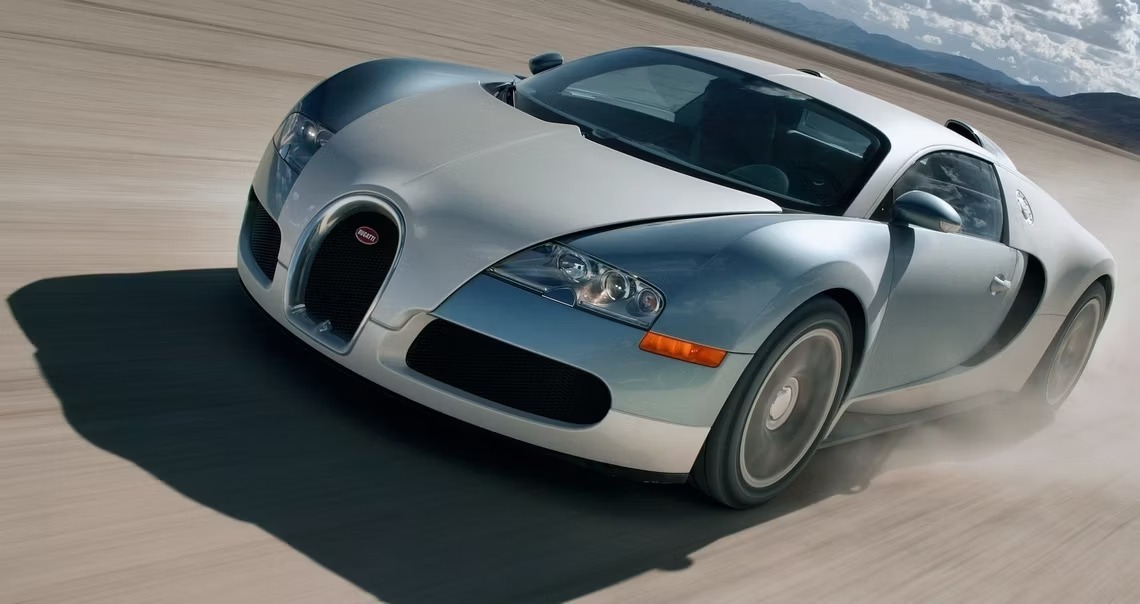
There is one machine for every era that breaks beyond the borders of existing technology. The 1930s had the Chrysler Airflow, which was a huge first in aerodynamic efficiency. The 1980s had the Porsche 959, which showed what sports cars were capable of, and the 2000s had the Bugatti Veyron.
When the Bugatti Veyron was let out of the barn in 2005, it stunned the public with its 1001 hp output and record-breaking speed. However, its greatness came with a large financial loss for Volkswagen. The automaker decided to limit production numbers, with only 450 iconic hypercars rolling off the factory.
Bugatti Veyron’s Technology Made It Very Special
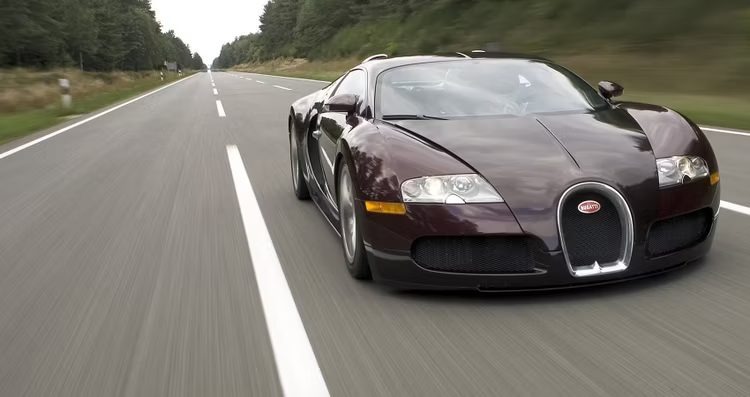
2005 Bugatti Veyron Front On The RoadBugattiThe 2005 Bugatti Veyron has impressive specs even by modern standards, but the beauty of the machine lies in a history lesson. Producing high-powered cars every Tuesday post-2010 is currently not a big deal for many car manufacturers. But achieving Veyron-level power was no small feat in the early 2000s.
Bugatti Veyron engine viewFrank Holand Automotive on YoutubeThe Veyron was a feat of engineering that boasts an impressive 8-liter W16 engine, capable of producing 1001 horsepower at 6000 rpm and an astounding 922 lb-ft of torque at 5500 rpm. This was enough to send the Veyron flying from 0-60 mph in a mere 2.5 seconds.
It was the fastest road-legal production car at the time, making a new entry in the Guinness book of world records for clocking 253 mph. To put its incredible speed into perspective, there are still only a handful of straight roads in the world where the Veyron can reach its top speed.
Knowing what resides in the engine bay, the brakes needed to stop this beast had to be equally potent. During the 2000s, there was no car that had the stopping power equipped on a Veyron. The state-of-the-art 38 and 36-mm ceramic discs had to be cooled with massive volumes of airflow redirected through a shallow carbon fiber channel.
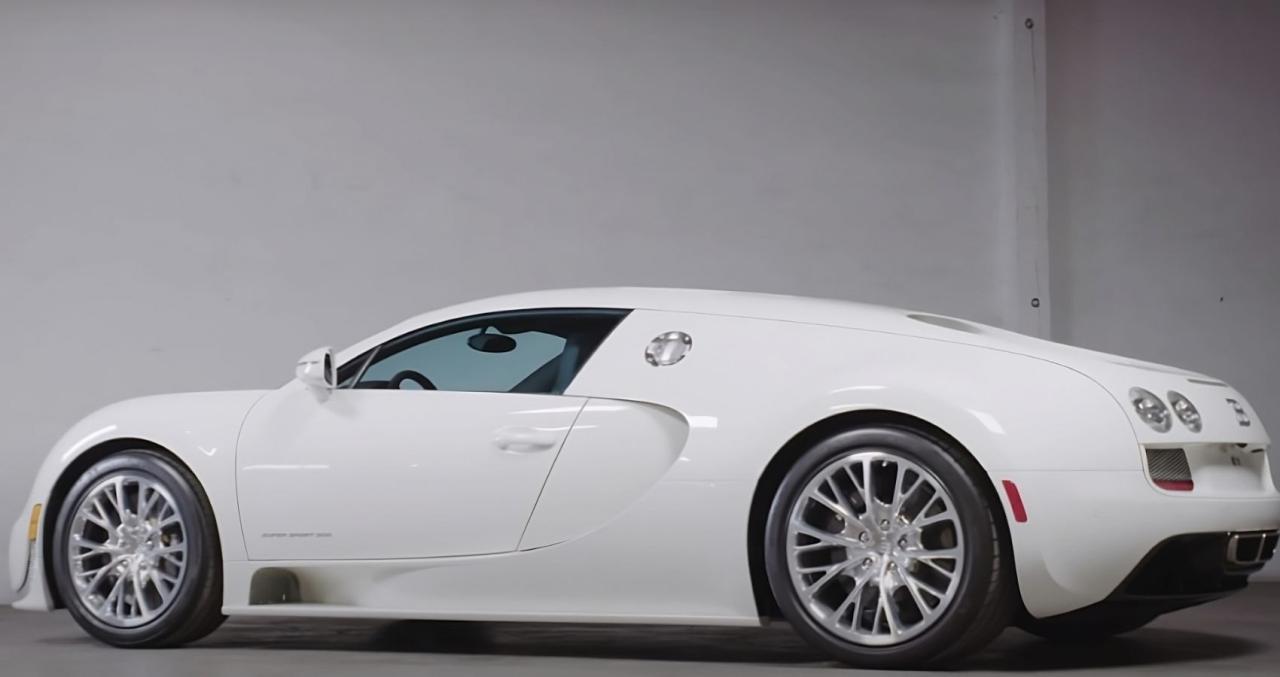
Bugatti Veyron Rear WingBugattiPushing beyond existing technological boundaries, like the Aston Martin Valhalla today, Volkswagen decided to utilize the rear wing to aid in braking. Slamming the brakes causes the rear wing to angle up, increasing downforce on the rear axle. This improves the rear axle involvement in the braking process.
That’s enough for the engineers behind the French beast to earn respect, but the revolutionary specs don’t stop there. The technology that went into cooling the W16 powerplant was remarkable. When the Veyron is tearing up roads at jet speeds, 12 radiators work simultaneously to keep the engine from reaching the temperature of the sun. That’s an air intake of 15,850 gallons per minute!
However, what truly sets the Veyron apart is that it defied the norm of most other supercars at the time. We’re talking about how most automakers stripped down supercars to save weight, even for road-legal versions. Despite tipping the scale at two tons, the Veyron manages to maintain a French standard of comfort. Drivers saw every reason to take the wheel: air conditioning, radios, comfortable seats, etc. Volkswagen proved that speed and comfort can co-exist.
R&D Cost Of Bugatti Veyron Was A Staggering $1.62 Billion

Black Bugatti Veyron LaunchesBugattiA nod towards the newly researched technologies is visible on the R&D bill. Volkswagen had to research a new road-legal engine, a new braking system, new aerodynamic styling features, and a new way to achieve perfect weight distribution. The project was a major investment, but it was the automobile industry that benefited.
Research and development costs for the Veyron are estimated at $1.62 billion, according to a report from Wall Street research firm Bernstein Research. A Bugatti spokesperson responded, stating that the company does not release its financial data to the public and that the figures are likely exaggerated. It is plausible, but we may never know the exact figures.
Volkswagen Lost $6.25 Million On Each Bugatti Veyron
White Bugatti Veyron In A Warehouse
White Bugatti Veyron In A WarehouseEach Bugatti Veyron left the factory with a price tag of $1.2 Million, which was hardly enough to put a dent in the expenditure. Analysts determined that Volkswagen lost an eye-watering $6.25 million on each sale. The very low sales volume didn’t help out the R&D costs either, only rubbing salt onto Volkswagen’s wounds.
It is not clear why there were only 450 Bugatti Veyrons produced, but it’s likely due to it starting to show its age. Its competitors were catching up with increasingly impressive numbers, leading Volkswagen to develop Veyron’s successor: the Bugatti Chiron.
The Bugatti Veyron proved what hypercars can achieve in 2005. When it first entered the roads in 2005, it was a technological marvel that was way ahead of its time. Looking back, the Bugatti Veyron has its place in history among the most impressive cars ever built and as a terrible financial loss in the automobile industry.

